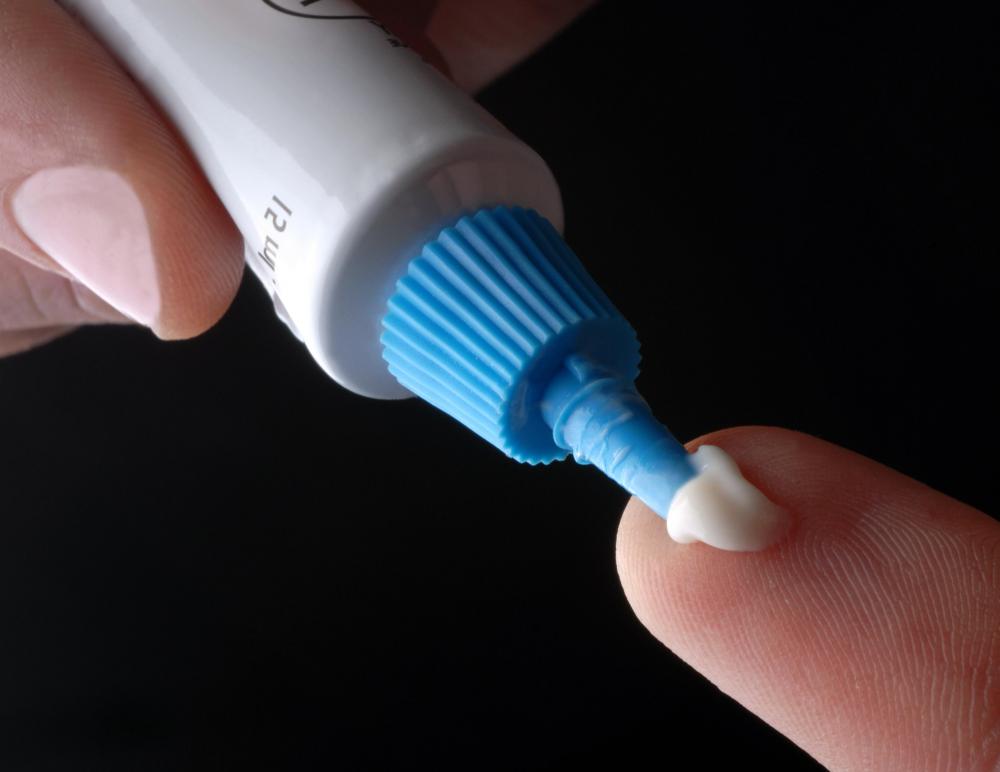At TheHealthBoard, we're committed to delivering accurate, trustworthy information. Our expert-authored content is rigorously fact-checked and sourced from credible authorities. Discover how we uphold the highest standards in providing you with reliable knowledge.
What is Involved in Ureteral Stent Removal?
A ureteral stent is a catheter placed in the ureter to carry urine from the bladder to the kidney or to an external collection site. The procedure involved in a ureteral stent removal will depend on the procedure used to insert it. Some doctors will leave a string attached to the end of the stent during insertion if the stent will not be in place for too long. This is done so removal is easier. If there is, literally, no string attached, a cystoscopy will have to be performed.
Once a ureteral stent is in place, a string may be attached for easy removal. This string will follow the ureters and come out of the urethra, the opening where urine leaves the body. When it is time for the ureteral stent removal, the doctor may have the patient come into the office. The physician can then pull the string and remove the stent.

Some doctors will give the patient instructions on how to do ureteral stent removal at home. The patient will be told how and when to pull the string to get the stent out. If the string breaks, the doctor will need to be contacted to have the stent removed.
If there is no string attached to the ureteral stent, a procedure called a cystoscopy will be done. The patient's gender will determine which telescope is used. A stiff telescope is used on a female patient, while a male patient will have a flexible telescope inserted into the urethra. The telescope has a small light at the end to help the doctor see.

A cystoscopy must be performed in a doctor's office or clinic. It is an outpatient procedure because no intravenous line (IV) is used and the patient is usually awake. He or she will feel very little pain during the ureteral stent removal. A topical anesthetic that includes lidocaine will be inserted into the urethra to allow the urethra to become numb. A tube is then placed in the urethra and water is inserted to fill the bladder.

The light at the end of the telescope allows the doctor to see where the stent is. Once the ureteral stent is found, a pair of forceps is used to grab the end of the stent, which is then pulled and removed from the urethra. A cystoscopy only takes a few minutes and the patient is allowed to go home shortly after.
In rare occasions a patient may need to be put to sleep for a cystoscopy. An IV will be inserted and general anesthesia will be injected into the IV. In this case, the patient will need a friend or family member to drive him or her home after the procedure.
AS FEATURED ON:
AS FEATURED ON:















Discuss this Article
Post your comments